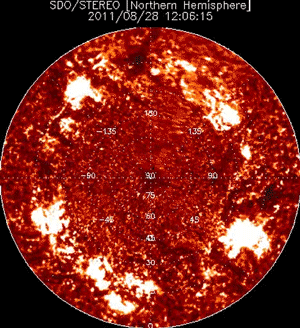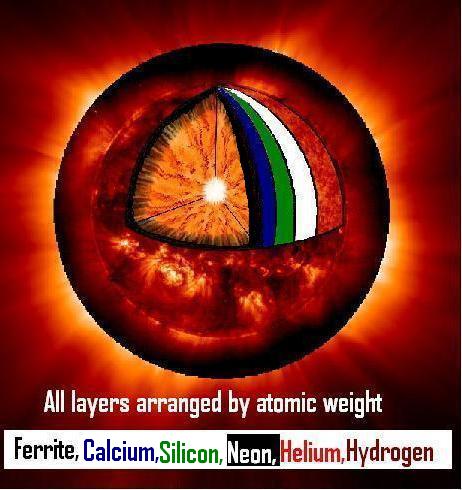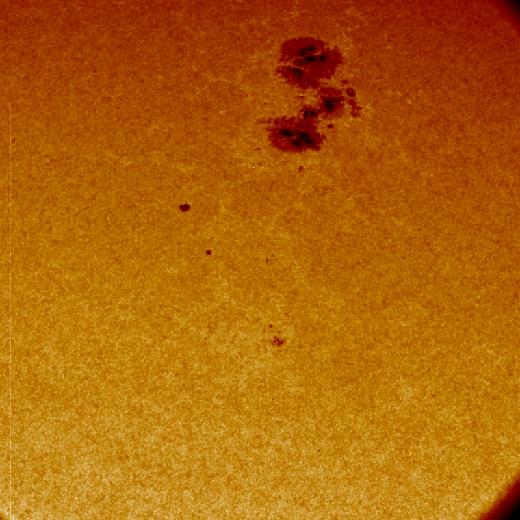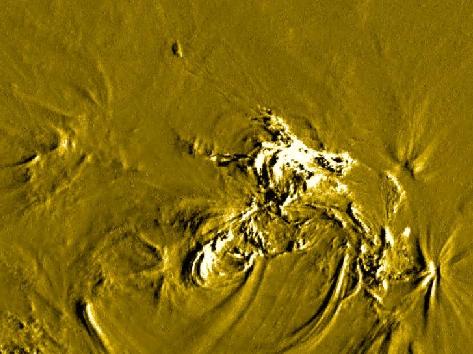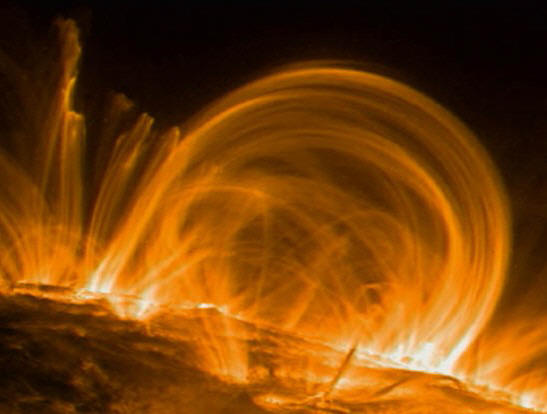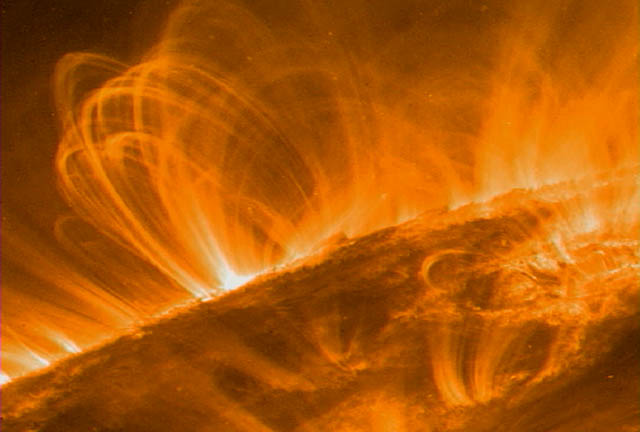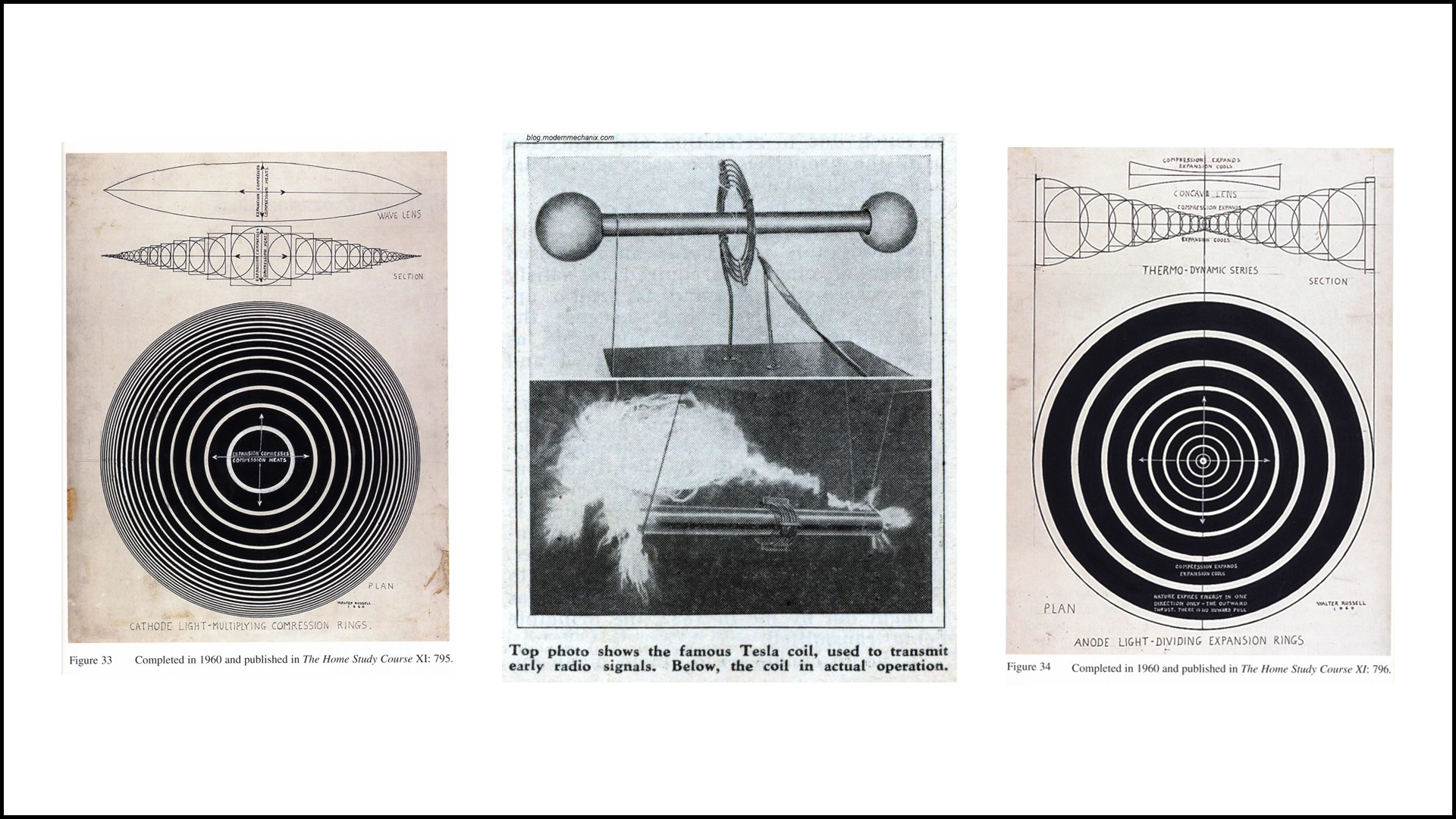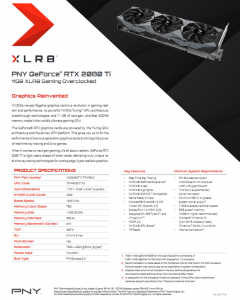https://youtu.be/5WY0jxjeyKY
Detection of Rossby Waves on the Sun
Jim Weninger
4:03 PM (4 hours ago)
to dj@argos.vu, EdwinKaal00
http://www.thunderbolts.info/forum/phpBB3/viewtopic.php?f=3&t=1176
And before I knew squat about plasma, the general circuit was coming into view.
Jim Weninger
3:57 PM (4 hours ago)
to dj@argos.vu, EdwinKaal00
https://www.thunderbolts.info/forum/phpBB3/viewtopic.php?f=3&t=16299&start=15
The idea of patching the Alfven and Juergens Circuits
Jim Weninger
3:56 PM (4 hours ago)
to dj@argos.vu, EdwinKaal00
http://www.thesurfaceofthesun.com/model.htm?
This website, and the idea of a solid surface below the differentially rotating atmosphere
A 21st Century Model Of The Sun
The “surface” that Galileo observed was not the surface of the sun, but only the “surface” of the photosphere.
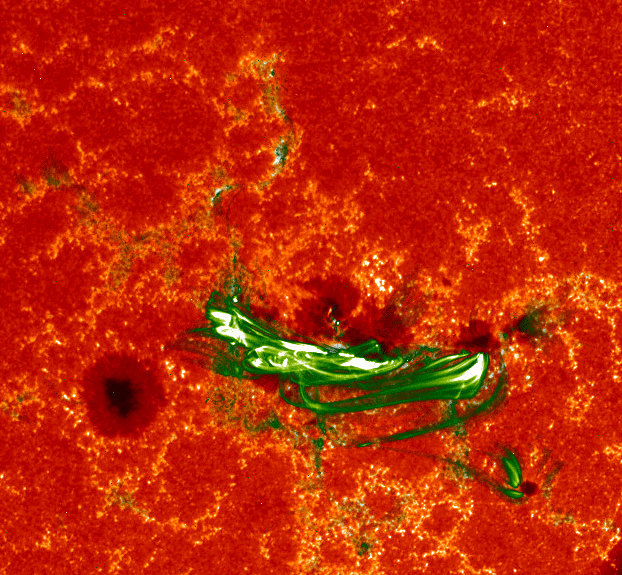
This composite image shows the photons from the arcs that Trace images at 171 angstroms in green. These arcs occur along the calcium ferrite surface and can be seen as dots underneath the orange plasma layer seen at 1600 angstroms. The really massive electrical arcs punch through the upper plasma layers as we see in this composite image.
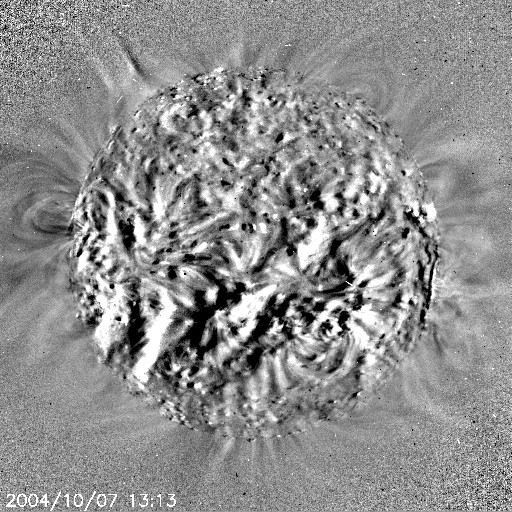
This running difference image produced by NASA comes from the SOHO satellite using its 195 angstrom filter. It shows the texture and surface structures of the iron layer.
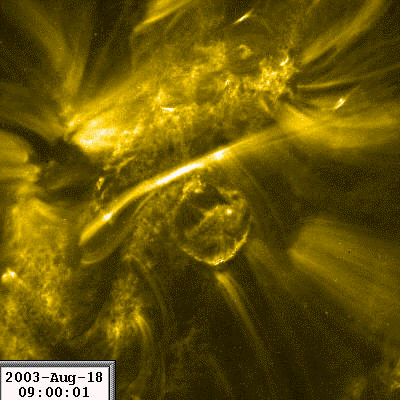
This is a Trace close-up image of the Sun’s surface at 171 angstroms. It shows use a “crater-like” structure in the center of the image with electrical arcs coming from that surface layer with the jagged structures. Plasma tends to be very fluid, quite unlike the crater in this image.
This is an example of a “running difference” image of the sun’s surface as revealed by the TRACE satellite using the 171 angstrom filter that is also sensitive to ferrite ion emissions.
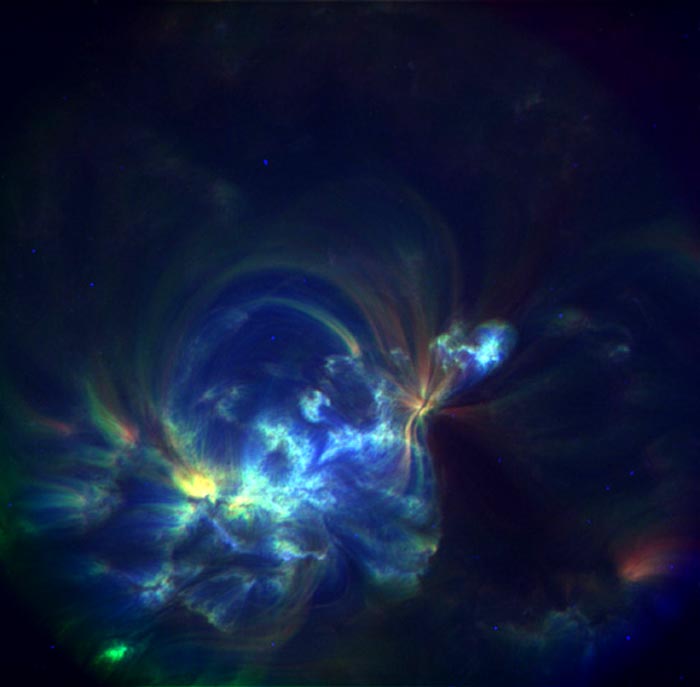
This is Trace composite image which overlays all three views from the 171, 195 and 284 angstrom filters. All of these filters are sensitive to iron ion emissions indicating the presence of large amounts of iron in this layer. These iron particles are being ionized in the electrical stream that is flowing between surface points, and different colored arcs all tend to originate and concentrate in the same surface areas. These are highly electrically active areas of the surface.
Huge electrical arcs pass between oppositely charged surface points on the magnetized iron surface.
These electrical arcs can rise up far above the surface. This is a 171A image by the Trace satellite.
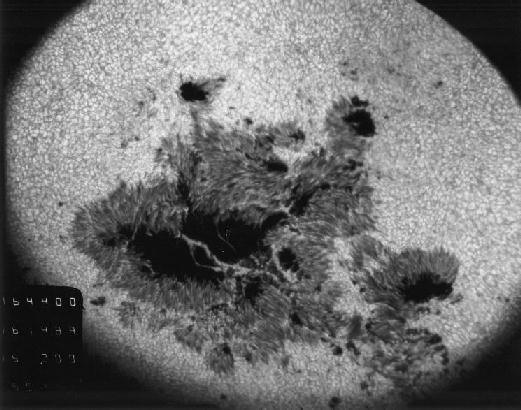
This image of the photosphere by the Big Bear observatory in California shows a massive hole in the penumbral filaments and a huge crack in the iron surface below that is pouring heat into the atmosphere. This heat from the surface rupture causes the silicon plasma to rise and punch a gaping hole in the penumbral filaments.
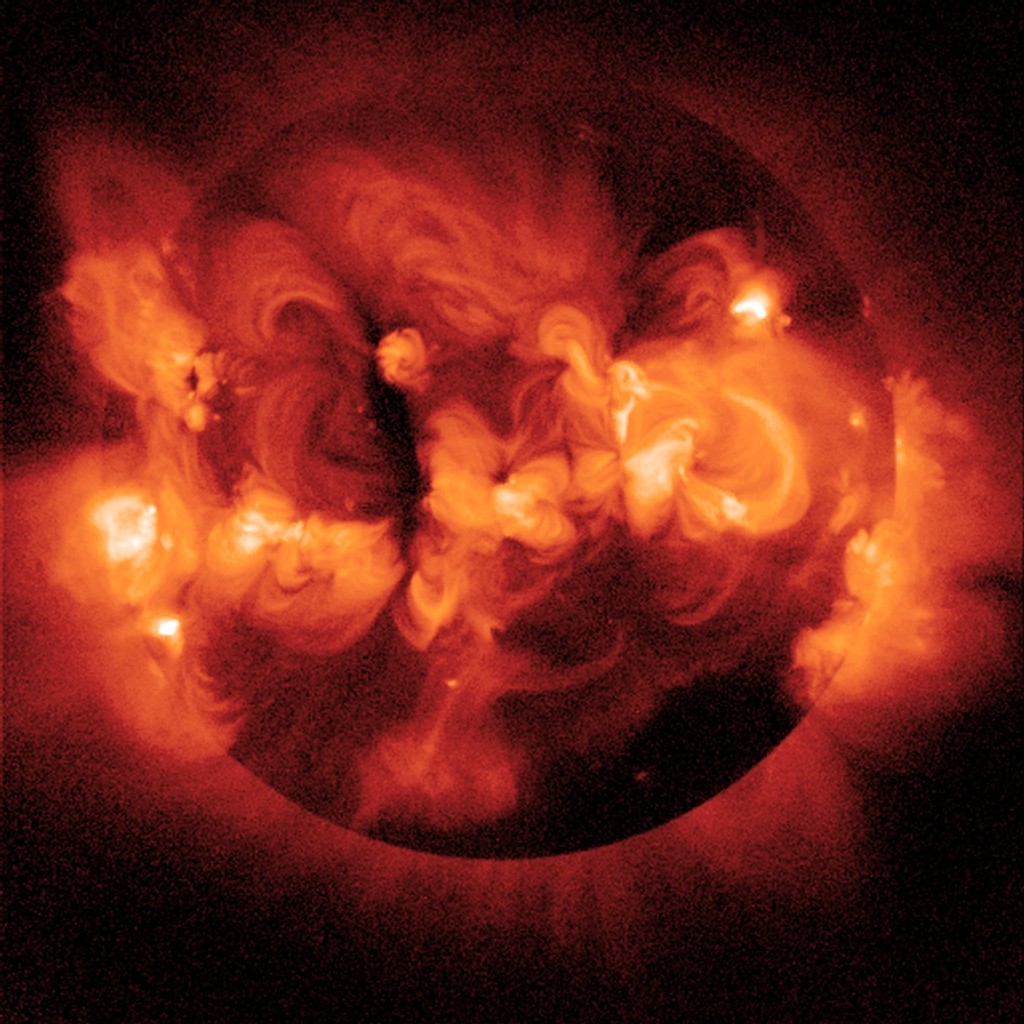
Yohkoh’s view of the chaotic surface of the sun and its increased electrical activity at the dawn of the new millennium. The highest energy is concentrated at the base of the electrical arcs and around the arcs themselves. The light we see in these images is concentrated in the arc itself, indicating this is the hottest iron on the sun. It is being heated by electrical activity.
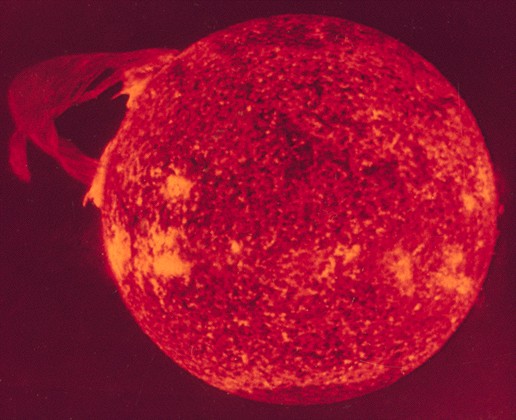
Silicon plasma blowing out into space. Some of these events can be unbelievably massive in scale.
![]()
Silicon Angel figurines dance above the iron surface of the sun.
Jim Weninger
3:54 PM (4 hours ago)
to dj@argos.vu, EdwinKaal00
This video, especially 43 to 44 minutes
In 1932, Australia Declared War On Emus—And Lost
https://youtu.be/W4h-Ir6zlF0
https://youtu.be/BzwPLjrW56Q



